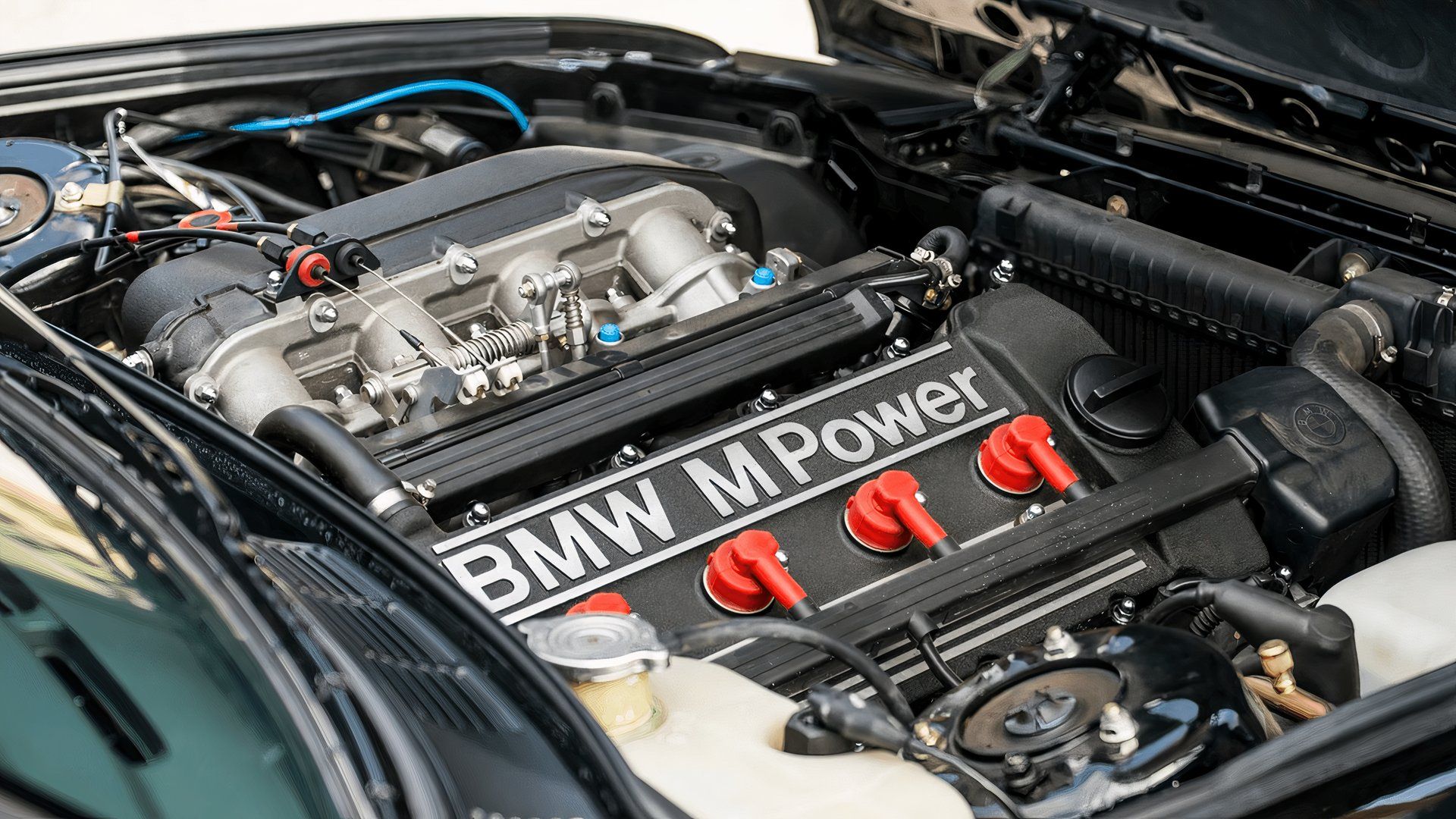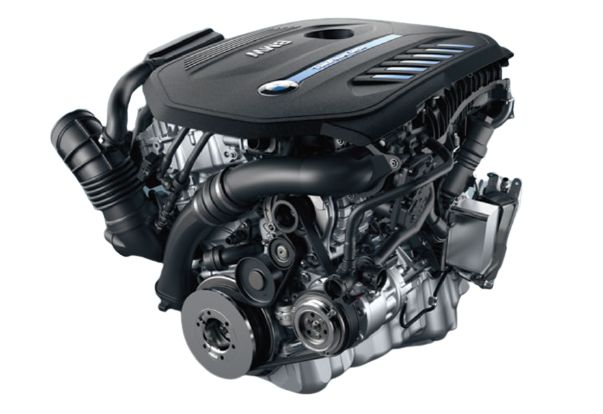The Role of BMW Engine Style in Getting Exceptional Fuel Efficiency
The Role of BMW Engine Style in Getting Exceptional Fuel Efficiency
Blog Article
Exploring the Development of Combustion Engines in Modern Transport Systems
As we browse the landscape of modern-day transport, the development of combustion engines stands as a testament to human ingenuity and design expertise. From their modest starts to the sophisticated powerhouses propelling automobiles today, burning engines have actually undergone an impressive journey of development and adaptation. Recognizing the intricacies of this advancement not just loses light on the past but likewise leads the way for picturing what lies in advance in the world of transport innovation. The interaction of history, innovation, and ecological issues fit the trajectory of burning engines develops a narrative that is both compelling and insightful.
Very Early Beginnings of Combustion Engines
Just how did the concept of burning engines first arise in the very early phases of transport development? When the principles of internal combustion were very first discovered, the origins of combustion engines can be mapped back to the 17th century. In 1673, Christian Huygens conceived a fundamental interior combustion engine that used gunpowder to create power. Nevertheless, it wasn't until the late 19th century that practical applications of burning engines in transportation started to emerge.
The breakthrough minute featured the development of the initial successful gasoline-powered engine by Karl Benz in 1885 - bmw engine. This engine led the way for the growth of the modern-day automobile, reinventing transportation systems worldwide. Succeeding developments by Nikolaus Otto and Gottlieb Daimler even more fine-tuned burning engine modern technology, causing the automation of automobiles and the rapid growth of the transportation sector
These very early burning engines were characterized by their simpleness and effectiveness, laying the foundation for the complex and powerful engines utilized in contemporary transport systems. The advancement of burning engines has actually been crucial fit the means we take a trip and transfer goods, marking a significant milestone in the history of transport development.
Shift to Internal Combustion Innovation
The transition to interior burning innovation marked an essential shift in the advancement of transportation systems. This change started in the late 19th century, with developers like Nikolaus Otto and Gottlieb Daimler developing the very first effective inner combustion engines. These engines revolutionized transport by using a more efficient and powerful option to vapor engines and electric motors.
One of the key benefits of internal combustion engines was their capacity to be scaled down to suit cars, leading to the growth of automobiles and motorbikes. This change from bulky, fixed engines to small, mobile ones paved the means for the modern-day transport systems we see today.
The transition to interior combustion modern technology additionally stimulated innovations in gas innovation, bring about the development of gasoline and diesel as main fuel resources for cars. This shift not only made transportation more obtainable to the masses yet likewise laid the foundation for the oil and gas industry to come to be indispensable to international economic situations.
Impact of Combustion Engines on Transportation
The fostering of combustion engines in transport systems catalyzed an extensive shift in the efficiency and rate of worldwide mobility. Burning engines revolutionized transportation by supplying a reputable and functional resource of power for different cars, consisting of automobiles, vehicles, planes, and ships. This innovation significantly improved the ability for products and people to move over lengthy distances in shorter amount of time, resulting in boosted connection between regions and nations.
In addition, the widespread use combustion engines has had a substantial influence on financial advancement. The ability to move items effectively has actually spurred profession and business, enabling companies to increase their markets and reach consumers worldwide. This has actually promoted financial growth and globalization, as products can currently be moved much faster and in larger amounts than ever.
Nevertheless, the ecological effect of burning engines can not be forgotten. The combustion of fossil fuels has actually resulted in air pollution and greenhouse gas exhausts, adding to climate change and posing health and wellness risks to populations. bmw engine. Consequently, there is an expanding emphasis on developing alternate propulsion modern technologies to mitigate these unfavorable effects and produce an extra sustainable future for transport
Advancements in Burning Engine Style
Countless improvements in burning engine design have actually pushed the advancement of transport systems over the years. One significant technology is the advancement of turbocharged engines, which make use of exhaust gases to drive a turbine that presses incoming air, enabling more gas to be charred, leading to raised power output without a significant boost in engine dimension. Additionally, direct shot technology has enhanced fuel effectiveness and efficiency by specifically managing the amount and timing of gas infused right into the burning chamber. Variable valve timing systems have also transformed engine layout by maximizing airflow at various engine speeds, boosting both power and efficiency. One more substantial development is the combination of light-weight materials such as carbon fiber and light weight aluminum alloys, minimizing general engine weight and boosting lorry gas economy. In addition, improvements in computer-aided design have actually allowed designers to optimize engine efficiency and effectiveness via simulations before physical models are built, saving time and sources in the advancement process. These developments jointly add to the constant enhancement of burning engines in contemporary transport systems.
Future Trends in Combustion Engine Development
With innovation innovations driving continuous technology, the future of combustion engine development is positioned to revolutionize transport systems around the world. One of the key trends in combustion engine advancement is the push in the direction of greater performance and lowered emissions.
Another noticeable fad is the adoption of hybrid modern technologies in combustion engines. Crossbreed engines incorporate traditional combustion innovation with electrical power, using improved gas efficiency and lower emissions. As the vehicle market changes in the direction of electrification, crossbreed combustion engines are seen as a transitional option that links the gap in between standard lorries and totally electrical ones.
Moreover, the assimilation of clever modern technologies, site web such as man-made intelligence and data This Site analytics, is anticipated to play a substantial function in the future of burning engine growth. These technologies can maximize engine performance in real-time, resulting in a lot more efficient combustion procedures and boosted total automobile performance. Welcoming these future fads will not only drive technology in combustion engine growth yet also add to a more eco friendly and lasting transport environment.

Verdict
In conclusion, the development of burning engines in modern-day transport systems has been marked by considerable advancements in modern technology and style. From the very early beginnings of burning engines to the transition to internal burning technology, these engines have actually had an extensive effect on transport.
The origins of combustion engines can be traced back to the 17th century when the concepts of internal burning were first explored. These engines reinvented transport by using a more powerful and effective alternative to vapor engines and electric motors.

Report this page